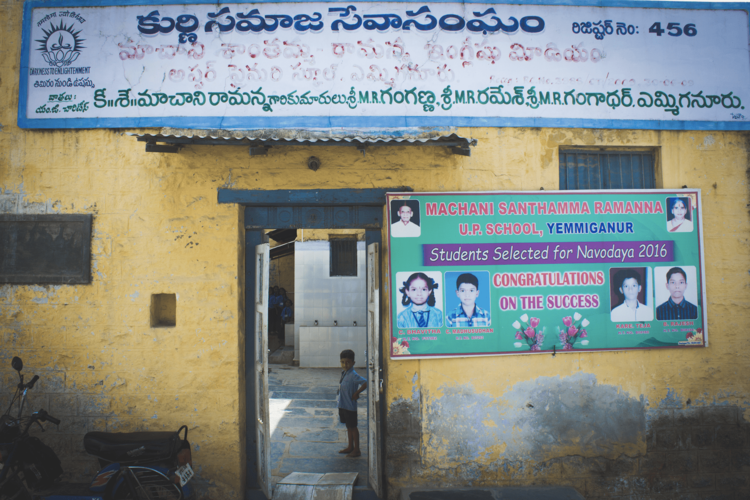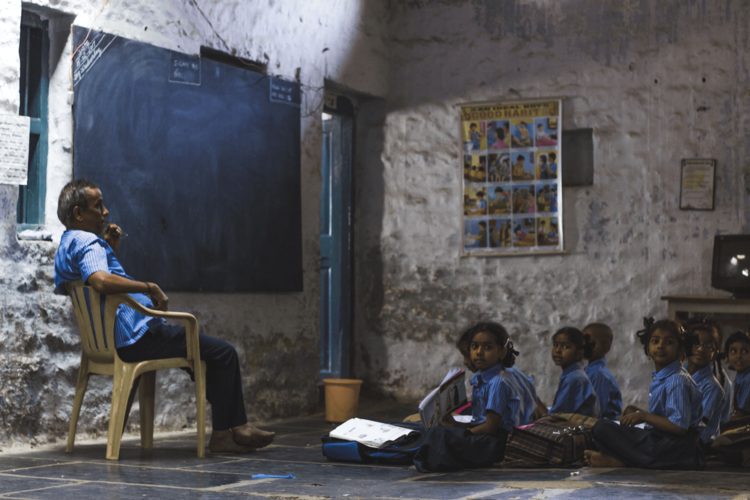Nelson Mandela rightly said that ‘Education is the most powerful weapon which you can use to change the world.’ The result of quality education is not just a transfer of knowledge, but follows an overall personality growth of a child to a fully grown individual. Unfortunately, quality education is but a privilege for a vast majority of rural India. It is now a dire requirement in order to eradicate poverty and illiteracy, increase awareness, capacity, enhance standards of living, and provide a path for holistic development. This is why the United Nations classifies quality education as the foundation of Sustainable Development in their SDGs 2030.

Sustainable Development Goal (SDG) 4: EDUCATION
Ensure inclusive and equitable quality education and promote lifelong learning opportunities for all.
Scenario of Rural India
India is at the prime growth of its development with the world’s largest youth population at 365 million, and education is the only way to capitalise upon this potential. By 2030, India is predicted to rise above China to be the most populated country in the world. The scenario of schools in India, though far better than a few years ago, still lacks the ability to deliver standard education. It is not common to find all the basic necessities such as building infrastructure, electricity, water and sanitation, supplies of desks, tables, books and learning materials, or provision for digital learning which has now become a mandate during the global pandemic.
The public private partnership model that was announced a decade ago seemed like the perfect model that showed some hope for the future of rural infrastructure. As the World Bank defines it as a long-term contract between a private party and a government entity, for providing a public asset or service, in which the private party bears significant risk and management responsibility, and remuneration is linked to performance. It can be a tool to get more quality infrastructure services to more people. When designed well and implemented in a balanced regulatory environment, PPPs can bring greater efficiency and sustainability to society at large. Keeping the same model in mind, if more organisations, despite the nature of their sector, involve themselves in partnerships with schools then the domino effect would be tremendous. A live example of an outside partnership with rural schools is Akshaya Patra initiative by the ISKCON. Their motive of “No child in India shall be deprived of education because of hunger” resulted in more students getting enrolled in school and reduced dropout rates because getting a nutritious meal at home was harder than attending school.
How will partnerships enhance rural education?
Apart from the tangible benefits of infrastructure, organisational partnerships with schools will bridge the gap between urban and rural development and reduce the divide caused due to inequality. While 69% of the Indian population reside in the rural areas, and the standard of education varies vastly across the nation, there is an unequal growth that strengthens the urban-rural divide. Providing access to good quality education at the root level will set a strong foundation that will have political, social, economic and cultural repercussions in society. From gender issues to unemployment and the need for urban migration, most of these problems will be cut short at the root level. Outside partnerships to provide resources and improve the quality of rural schools will have the largest impact on the largest number of students as schools are the basic building blocks of a solid education. This comes as a necessity now more than ever as there is a dire need for change in the ways of delivering education and a reset in the right direction is possible while the world recovers from the global pandemic. Read more about this on our blog: Rural Reset: The Future of Rural Education.

Drop in the Ocean from the IndiVillage Foundation
(Excerpt from the report of our Social intern – Prince Jebastin)
For 10 years now, IndiVillage has been working with the Machani Somappa School in Yemmiganur to provide quality education to children from some of the lowest income families in the area. With 195 kids enrolled in school, with a pleasingly higher percentage of girls (57%) enrolled, the school has seen a 0% drop out rate over the last 3 years.
As many children in rural communities cannot access quality education, families are rarely able to afford books, lunch, school uniforms and other schooling costs. Children are often forced to work at a young age, rather than attend school, in order to financially support their families. At our school in Yemmiganur, we attempt to eliminate these external barriers. All students are provided books and uniforms, nutritious breakfast and lunch meals and access to a thorough and rigorous curriculum free of cost. Our students range in age from lower kindergarten through fifth grade, and are well prepared to take on their promising futures.



